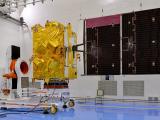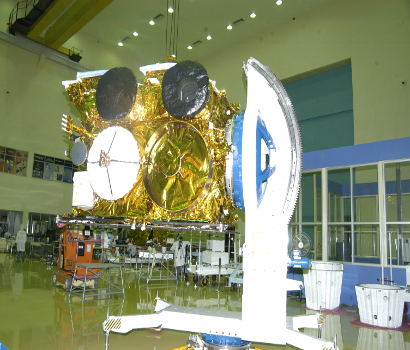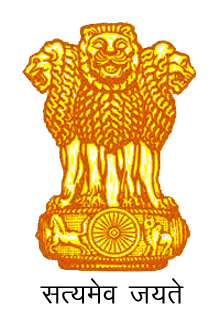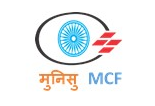The main objective of Earth observation satellites is to gather information about earth - physical, chemical and biological systems.
The application of Earth observation satellites are primarily in the areas of
- Cartography, Oceanography, Meterology, Natural Resource Management & Space Science
- Rural Development and Urban Management
- Forest Cover and Bio resources
- Weather monitoring and forecasting
- River banks erosion and fresh water mapping
- Climate impact on bio-diversity and wild life and its migration pattern
- Monitoring and forecasting natural disasters such as floods, earthquakes, cloud burst, glacier avalanches
- Town / City planning for rails, roads, flyovers and bridges etc
- Crop estimation and disease detection and loss estimation
- Monitoring of Fish Shoals for fisheries
- Mineralogy mapping and Monitoring
INSAT-3DR
INSAT-3DR similar to INSAT-3D, is an advanced meteorological satellite of India configured with an imaging System and an Atmospheric Sounder. The significant improvements incorporated in INSAT-3DR are: Imaging in Middle Infrared band to provide night time pictures of low clouds and fog Imaging in two Thermal Infrared bands for estimation of Sea Surface Temperature (SST) with better accuracy Higher Spatial Resolution in the Visible and Thermal Infrared bands And, like its predecessor INSAT-3D, INSAT-3DR carries a Data Relay Transponder as well as a Search and Rescue Transponder. Thus, INSAT-3DR will provide service continuity to earlier meteorological missions of ISRO and further augment the capability to provide various meteorological as well as search and rescue services. INSAT-3DR has a lift-off mass of 2211 kg, which includes about 1255 kg of propellant. The propellant carried by INSAT-3DR is mainly required to raise the satellite from the Geosynchronous Transfer Orbit (GTO) to its final Geostationary Orbit and to maintain the satellite in its orbital slot during its life. The satellite has a solar array generating 1700 Watts of power

INSAT-3DR
INSAT-3D
INSAT-3D is an advanced weather satellite of India configured with improved Imaging System and Atmospheric Sounder. INSAT-3D is designed for enhanced meteorological observations, monitoring of land and ocean surfaces, generating vertical profile of the atmosphere in terms of temperature and humidity for weather forecasting and disaster warning. It carries four payloads - 6 channel multi-spectral Imager, 19 channel Sounder Data Relay Transponder (DRT), Search and Rescue Transponder

INSAT-3D
KALPANA-1
METSAT (renamed as Kalpana - 1 on February 5, 2003 after the Indian born American Astronaut Dr. Kalpana Chawla, who died on February 1, 2003 in the US Space Shuttle Columbia disaster) is the first in the series of exclusive meteorological satellites built by ISRO.

KALPANA-1


